Celebration and Confusion at the Fed
by Cliff Waldman, Chief Economist
For all the criticism and threats to its independence that the Federal Reserve has endured in recent years, this is one Washington institution that has earned the right to celebrate. History will show that the U.S. central bank played the largest role in the effort to rescue the U.S. and indeed the global economy from a near disaster. The Great Depression of the early 1930s was a life and society threatening event, and the U.S. almost repeated history. Were it not for the quick actions of the Fed and a few other central banks in 2008, the deepest downturn since the 1930s would have resulted not in a peak unemployment rate of 10%, but something much higher, possibly requiring another decade for a full recovery. Instead, ten years after the near financial and economic collapse of late 2008 and early 2009, job growth remains strong, the unemployment rate is hovering at a 16-year low, economic expansion is now the third longest in history, and there is little sign of recession on the horizon. Further, the global economy is now showing measurable improvement. That’s a lot to be proud of.
While Chair Yellen’s press conference certainly relayed that pride, there was as much unease in her demeanor as celebration. While serious threats to the economy have abated, no one is yet fully confident in the future. Again, the Fed punted on a chance to increase the target for its influential fed funds rate. While they reminded the world that the normalization of their $4.5 trillion balance sheet would likely begin in October, the intended pace of liquidation is so slow that it might be years before a measurable impact on market interest rates will be noticed. Nothing is going to be normal in U.S. monetary policy for quite some time. As I said in a recent blog, the era of low interest rates will be a part of the American economic reality for quite some time.
If the Fed’s challenges, however, were purely logistical, then the path ahead would be less rocky and a bit more certain. But the problems in this new era run deeper. The Great Recession and its aftermath seem to have created some fundamental mysteries that have left even the best economists scratching their heads. Most importantly for the Fed, what is going on with inflation? Chair Yellen very forthrightly admitted that the Open Market Committee is stumped by the remarkably low level of U.S. inflation. In recent years, it was partially explainable by a high dollar, which kept import prices low, and remaining slack in a very beaten up labor market. But the 2017 data have been without a satisfactory explanation. The dollar has been falling; the unemployment rate is a remarkably low 4.4% yet inflation is still not satisfying the Fed’s modest 2% target and has been falling in recent months.
Additional analysis is needed. Monetary policy is critical to GDP growth and business success. The Federal Open Market Committee needs to know whether the odd inflation picture is indicative of an underlying economic weakness or a confluence of structural factors that include:
- globalization,
- technology change,
- weak productivity growth,
- historically low level of labor force participation,
- population shifts,
- and expectation shifts.
Nothing could be more important to our economic welfare than clarifying the inflation question. The Fed’s ability to slay the next dragon is very much at stake.
